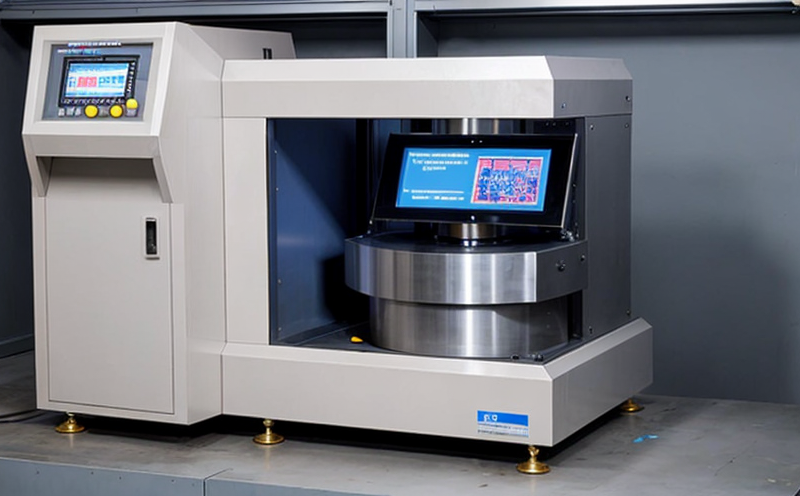ISO 10360-5 Scanning Probing System Accuracy Testing
The ISO 10360 series of standards provides a comprehensive framework for the metrological characterization and testing of 3D scanners, including scanning probing systems. Among these, Part 5 specifically addresses the accuracy testing requirements for scanning probing systems used in additive manufacturing (AM) and 3D printing processes.
Accurate dimensional measurements are critical to ensuring that parts produced through AM technologies meet design specifications. Any deviation from intended dimensions can lead to functional failures or non-compliance with regulatory standards. This service ensures that the accuracy of scanning probing systems is validated in accordance with ISO 10360-5, which sets forth stringent testing methods and acceptance criteria.
The testing process involves several key steps:
- Calibration of the scanning probing system to known reference standards.
- Scanning a series of geometrical features on a calibration artifact that includes elements such as spheres, cylinders, planes, and other complex shapes.
- Data analysis using statistical methods to determine compliance with specified tolerances outlined in ISO 10360-5.
The use of this service is not limited to AM and 3D printing; it also supports broader manufacturing sectors where precision metrology plays a crucial role, such as aerospace, automotive, medical devices, and consumer electronics. By ensuring that scanning probing systems meet the stringent requirements set by ISO standards, manufacturers can maintain high levels of product quality and reliability.
For instance, in the aerospace industry, dimensional accuracy is paramount due to the safety-critical nature of parts produced through AM techniques. In the automotive sector, precise measurements are essential for ensuring that components fit together correctly without any clearance issues. Medical device manufacturers rely on accurate metrology to ensure patient safety and compliance with regulatory standards.
Industry Applications
- Aerospace: Ensuring that parts meet stringent tolerances required by FAA regulations.
- Automotive: Verifying the fit and finish of components across different manufacturing processes.
- Medical Devices: Guaranteeing that implants and prosthetics are manufactured to exact specifications.
- Consumer Electronics: Maintaining high standards for precision in complex component assembly.
Quality and Reliability Assurance
The quality of parts produced through AM processes is heavily influenced by the accuracy of the scanning probing systems used to inspect them. Ensuring that these systems meet ISO 10360-5 standards provides a robust foundation for maintaining consistent product quality across multiple applications.
Through this testing service, manufacturers can:
- Identify and correct any deviations in the scanning probing system before they affect production.
- Ensure that all parts produced meet design specifications with high levels of precision.
- Comply with industry standards and regulatory requirements for dimensional accuracy.
The use of ISO 10360-5 ensures that scanning probing systems are not only accurate but also reliable over time. Regular testing helps maintain long-term consistency in the measurements taken, which is crucial for the successful adoption of AM technologies across various sectors.
Competitive Advantage and Market Impact
By adhering to ISO 10360-5 standards, manufacturers can gain a competitive edge by:
- Producing parts that meet the highest quality standards.
- Reducing the risk of product failures and recalls.
- Demonstrating compliance with international regulatory requirements.
This service not only enhances the reputation of manufacturers but also ensures they are well-prepared for future market demands. In an increasingly globalized industry, having a proven track record of meeting stringent standards can be a significant differentiator in winning new business and maintaining existing customer relationships.





